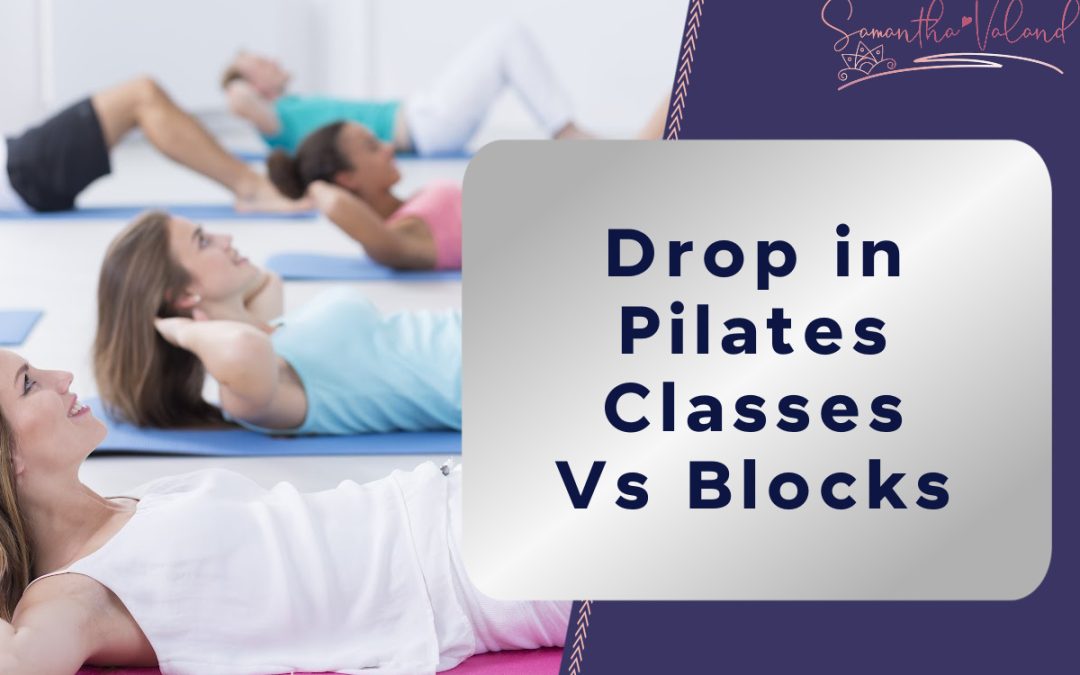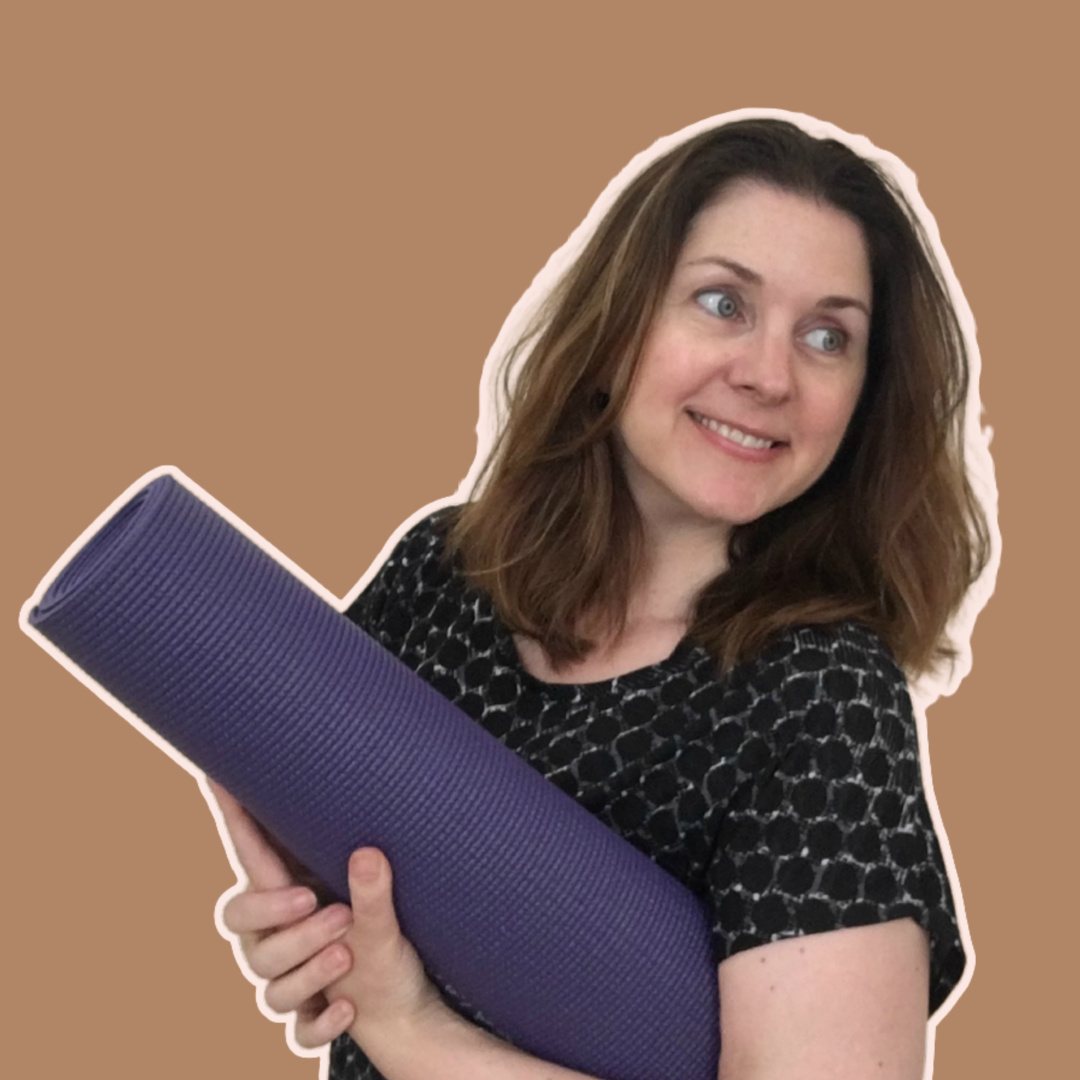What is the difference between drop in Pilates classes and a attending a block of them?
When I am creating my class plans for the block of Pilates classes. I am also creating a class plan for covering drop in classes at gyms for holiday cover. They are similar but have a number of fundamental differences. Both drop in and block class plans will follow a similar flow and we will start in standing. Your core is cylinder in shape, which means we do not just work on strengthening the front of your torso. We go onto the mat and perform exercises lying on your back, your tum and side lying to ensure we train all your core muscles. Is everyone starting from the same place? The block class will all roughly be at the same level and have the same aims. The drop in class will have a mix of beginners through to advanced level. The exercises will reflect that and we will start with the basics and work through to some intermediate exercises that are not complex. The block will cover the basics at the start but will drop them as the class progresses, leaving more time to build up to some complex moves that are challenging for the brain as well as the body. ‘Bad’ exercises There is no such thing as a bad exercise but there are some exercises that will not be the best for you specifically. In a drop in scenario I do not see anyone’s PARQ form which means I am dependant of the participants letting me know any pertinent information. The block classes require the PARQ form to be completed and I can build in any injuries into the class so you have a better understanding of how to work around them. In the drop in plan, I will exclude certain exercises that I know that may be problematic for some to keep the class flowing. In the block we can easily work around this and have different exercises on the go but there isn’t the time to do that in a drop in class. What equipment is available? The equipment available also makes an impact on what exercises may be excluded. I will take everything I want to use in a planned block class. Some gyms will not have basic head pads required to get you into a good alignment in lying on your back. As you know if your posture and starting position isn’t right to start with it will change the whole dynamic of the exercise! Bands and balls add an extra challenge and can be fun to play around with and make exercises feel quite different Top Takeaways- Drop in Pilates classes are by no means perfect and probably a slow way to progress but keeping moving is important.
- Attending regular classes and challenging your body in a safe way is more important rather than sedentary behaviour.
- The Pilates class I attend is off this week so I will probably go to a drop in class at my gym. It won’t be perfect for me but it’ll keep me moving and flexible and will be better than sitting no exercising!
Samantha Valand is a Pilates teacher, Yoga Instructor and Personal Trainer. Who helps over fifties women fall in love with exercising again after the menopause. You can find some inspiration over on the blog If you are interested how coaching can help you can start here. Samantha has a free monthly newsletter to help you live healthy ever after.






